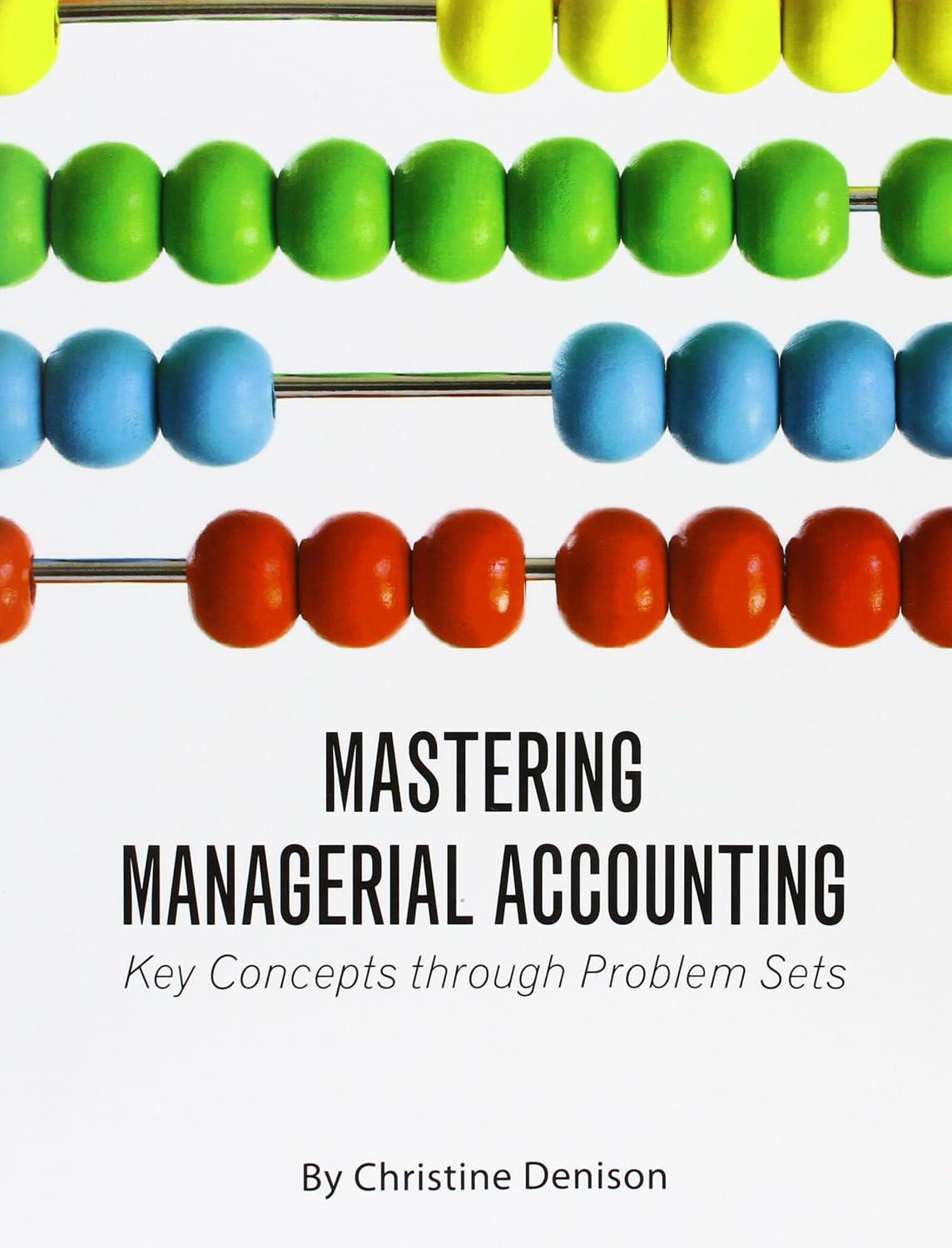1. Assign costs to goods completed and transferred out, ending work-in-process inventory, and loss caused by abnormal...
Question:
1. Assign costs to goods completed and transferred out, ending work-in-process inventory, and loss caused by abnormal spoilage for the Finishing department using the weighted average method.
a. First, calculate total units, how they started, and how they ended up. Stop—Check!
b. Next, calculate equivalent units for each kind of cost. Stop—Check!
c. Next, calculate cost per equivalent unit. Stop—Check!
d. Finally, use the cost per equivalent unit to find the value of completed units, ending work-in-process inventory, and the loss caused by abnormal spoilage. Stop—Check!
Curbin, Inc., produces widgets in two departments: Assembly and Finishing. In March, 5,000 units were transferred from Assembly to Finishing, to which $10,000 of Assembly costs had been attached.
At the beginning of the period, 750 units were already in process in the Finishing department, which had $1,300 in Assembly costs, $1,000 in direct materials costs, and $2,000 in conversion costs attached to them. They were 80% complete. At the end of the period, 500 units were still in process in the Finishing department, 40% complete. During the period, $6,000 in direct materials costs (materials are added halfway through the Finishing process) and $15,000 in conversion costs (conversion costs are added evenly throughout the Finishing process) were added in the Finishing department. After goods were completed, they were inspected, and it was found that 250 units had been spoiled. Normal spoilage in the Finishing department is 5% of good output.
Step by Step Answer:

Mastering Managerial Accounting Key Concepts Through Problem Sets
ISBN: 9781626611184
1st Edition
Authors: Christine Denison





